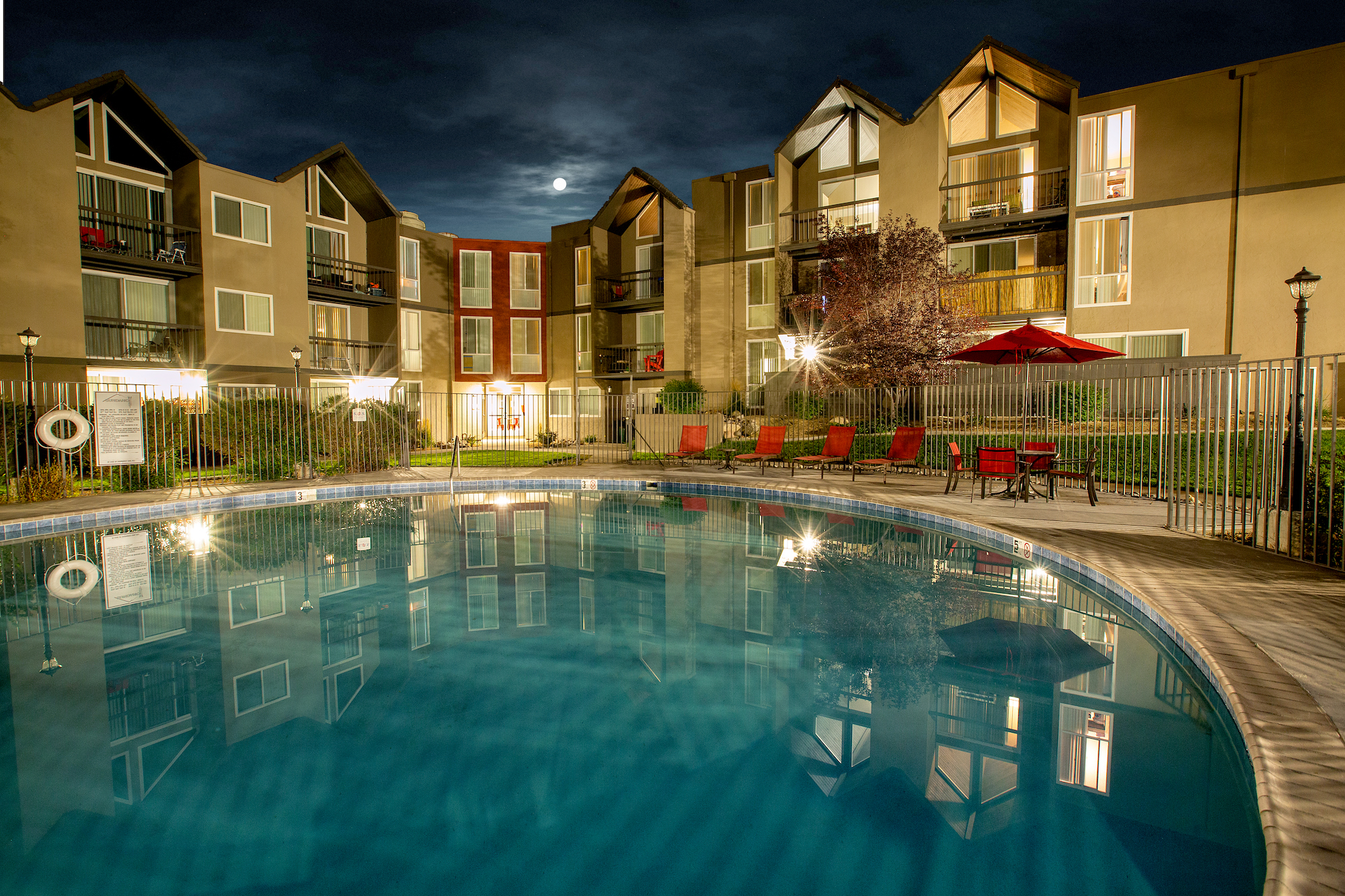The sale of 3rd Street Flats, formerly the Kings Inn, in downtown Reno is slated to close at the end of July. Bentar Development and Basin Street Properties originally sold the 94-unit building in 2017 for $18.6 million. Photo: Marcus & Millichap
 Investors are hungry for multifamily properties in the Reno-Sparks market and are paying premium prices to gain a foothold in the market. Sundance West on Clover Lane in Reno sold in June of 2015 for $23.5 million. It sold again in February of this year for $60 million. Photo: Marcus & Millichap
Investors are hungry for multifamily properties in the Reno-Sparks market and are paying premium prices to gain a foothold in the market. Sundance West on Clover Lane in Reno sold in June of 2015 for $23.5 million. It sold again in February of this year for $60 million. Photo: Marcus & Millichap
Comments
Use the comment form below to begin a discussion about this content.
Sign in to comment